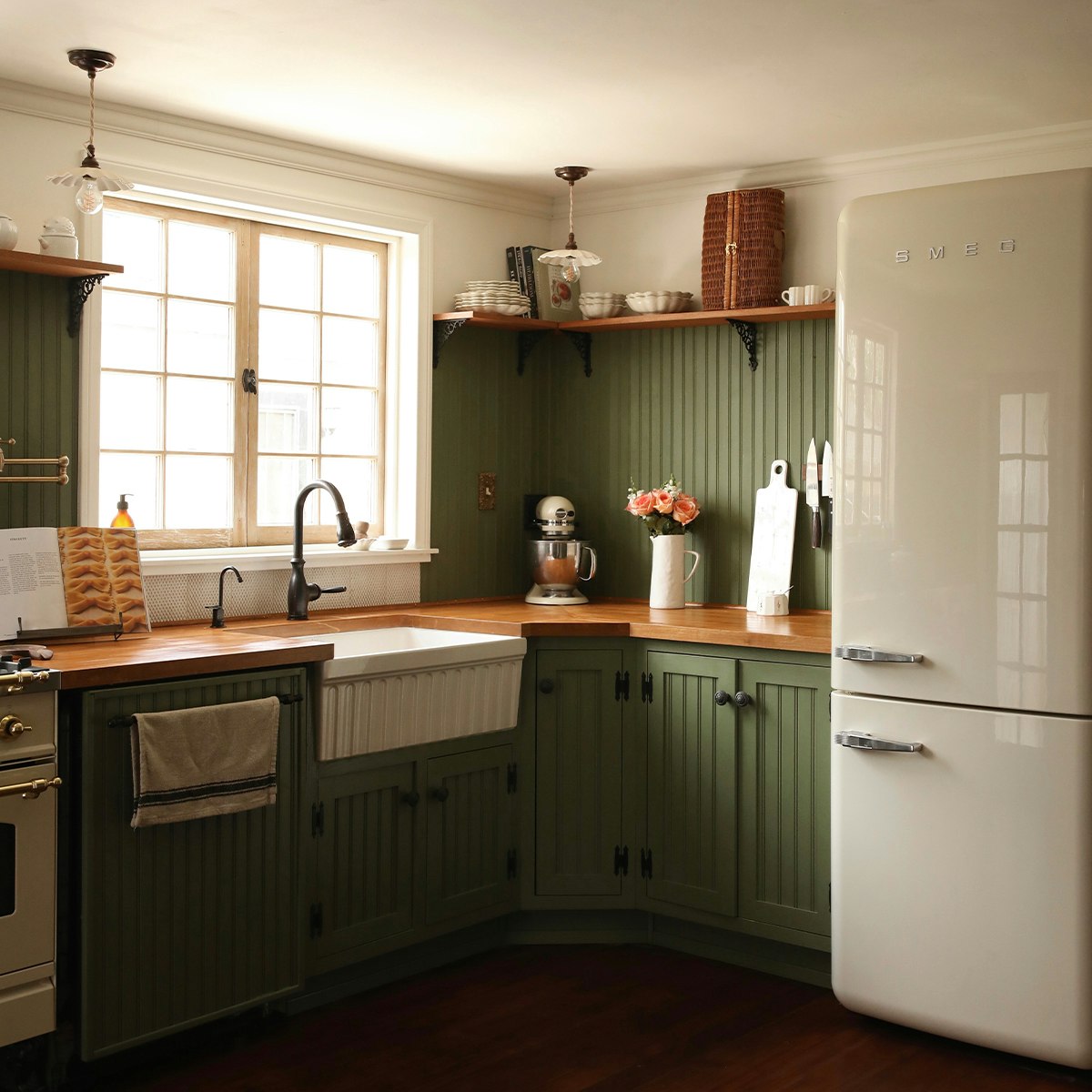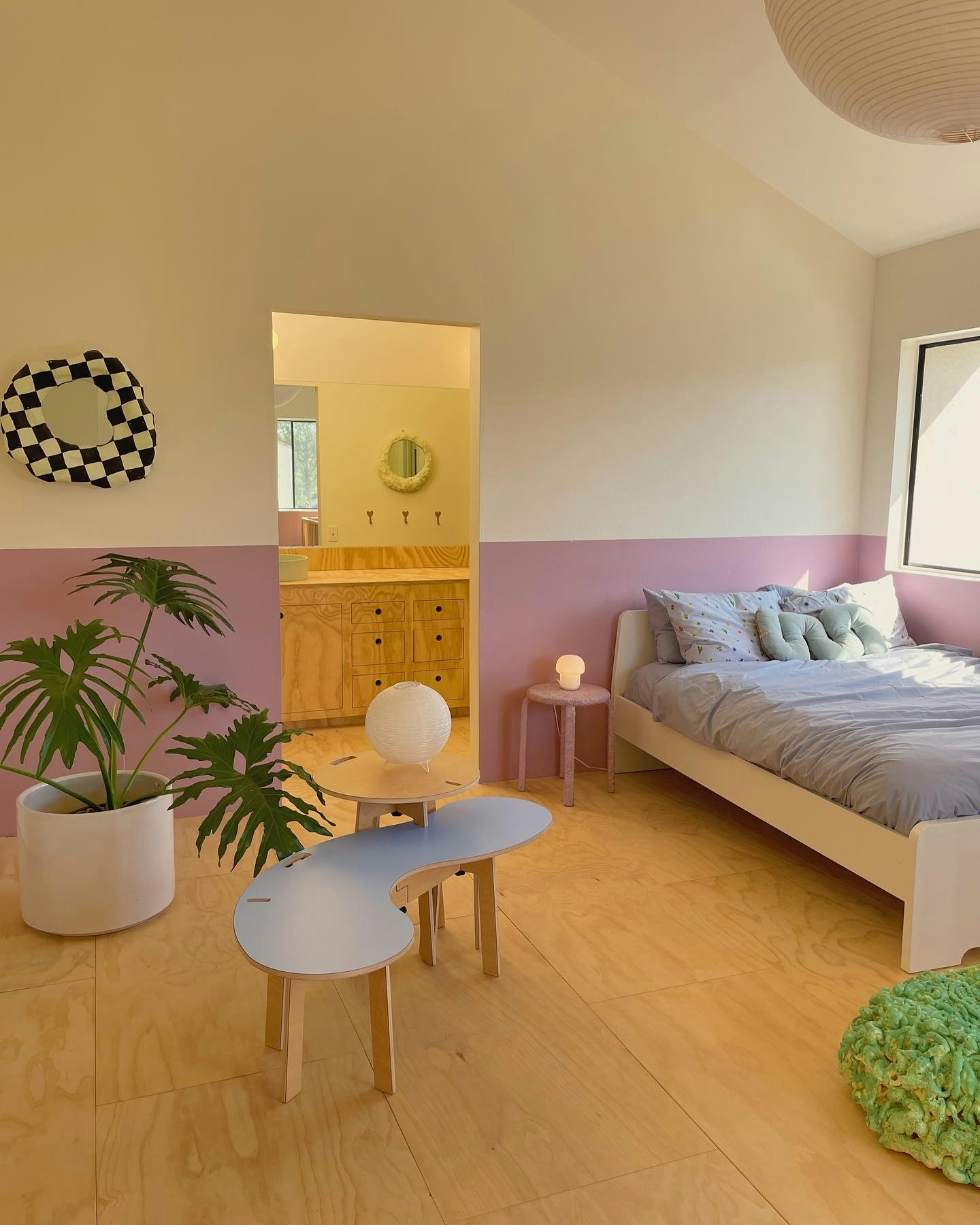How To Make Eco-Friendly Paint Choices
Most paint is not environmentally friendly. From ingredients to supply chains, there are a lot of points at which conventional paint companies fall short of environmental standards. While most consumers — DIY painter and designer alike — want to make choices that are good for the environment, it’s nearly impossible to go through the conventional painting process with sustainable practices.
Whether you’re renovating, doing some home improvement, painting your apartment, or even trying to find a professional painter, here’s how to make an eco-friendly choice every step of the way.
The Supply Chain
One of the most impactful pledges for the environment a company can make is going Climate Neutral. It means that at every stage of the process, from product development to getting into the consumers hands, they have a net zero carbon footprint. Look for a Climate Neutral Certified paint company like Backdrop — the first paint brand to achieve certification.
The Sample Process
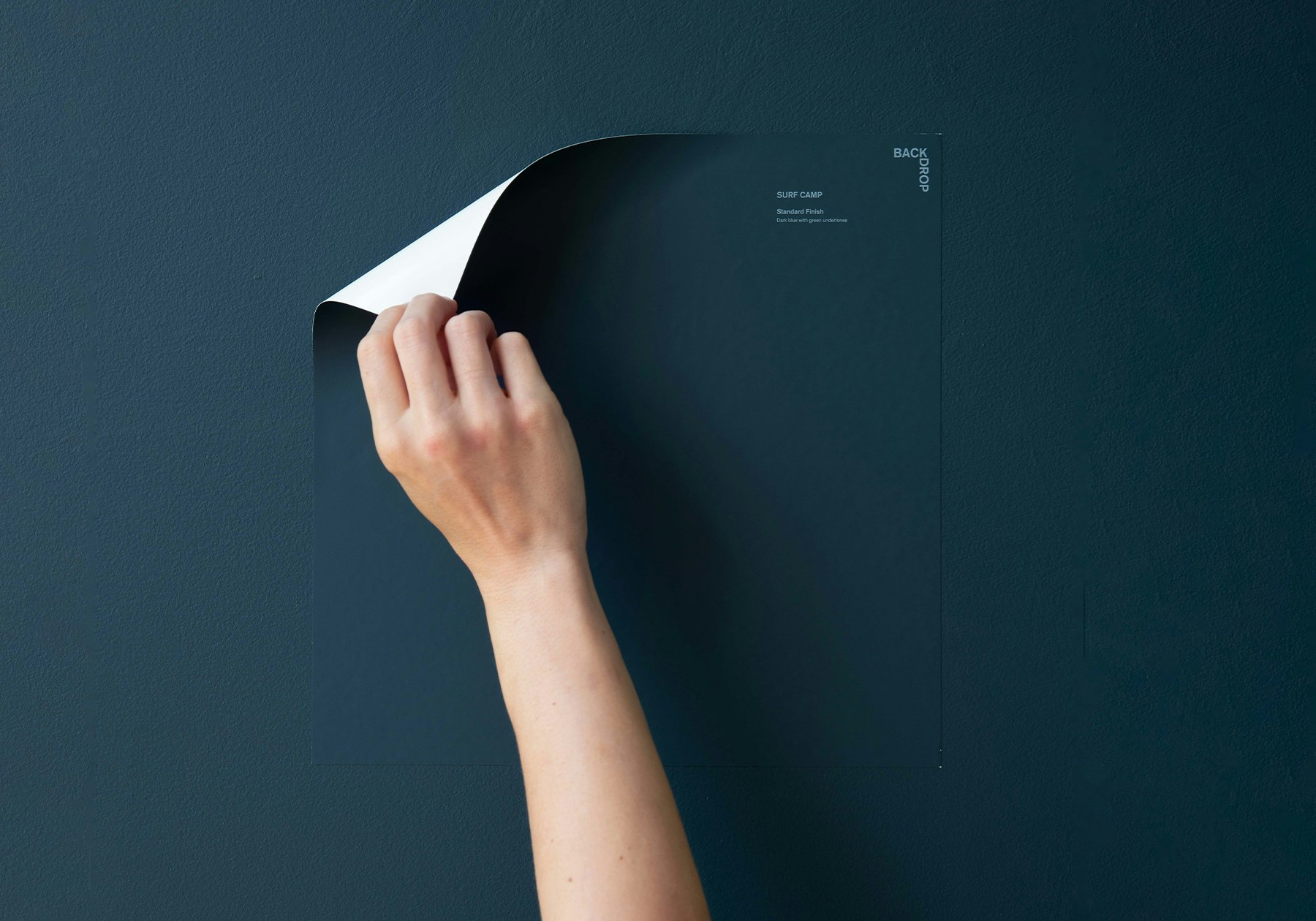
The traditional sampling process is extremely wasteful, leaving messy sample pots to pile up in landfills. If you’re trying to reduce waste, and experience a better overall sampling process, look for adhesive paint swatches or sample stickers. If they stick and re-stick you can check out the color in different lights and don’t have to live with partially painted walls.
The Packaging
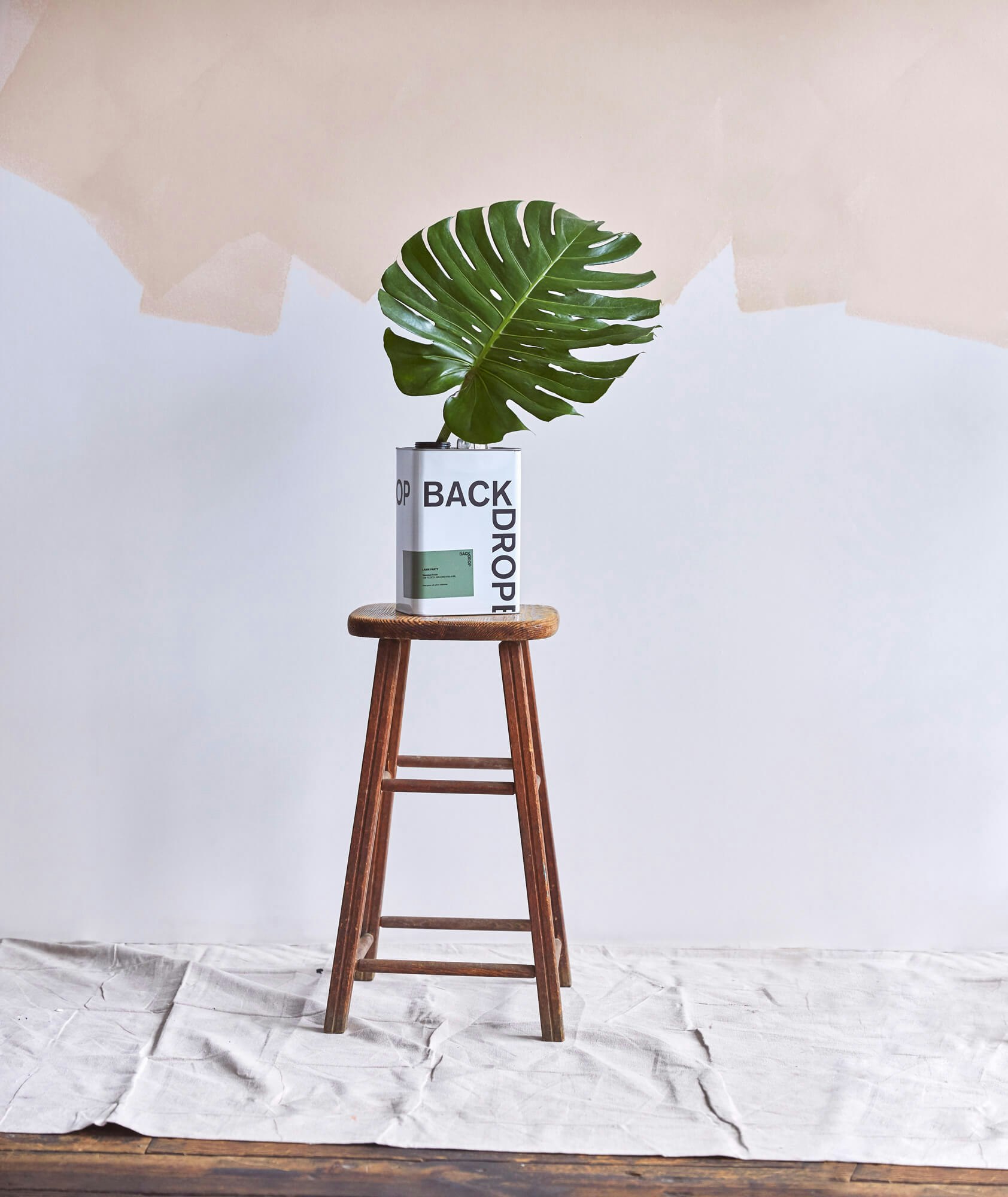
Figuring out what to do with the paint can after you’ve finished your project can be perplexing, especially for the DIY painter. For an eco-friendly can, check out Backdrop’s award-winning redesigned can made of recyclable stainless steel. Toss it in the recycling bin or use it in your home as decor, a bookend, or really whatever (I use one to prop my window open).
The Paint
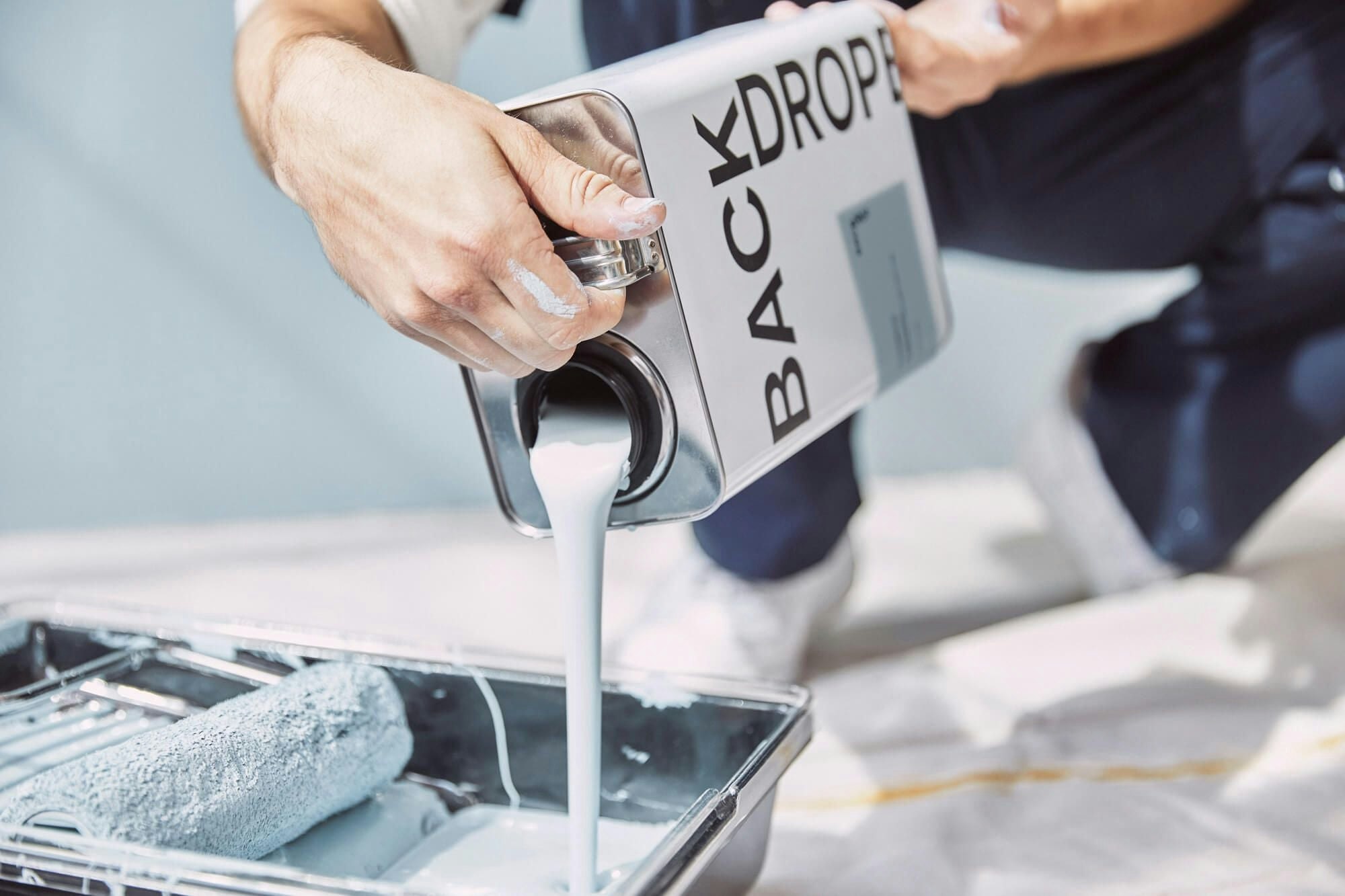
Depending on the ingredients used and the way it’s developed, the paint itself can be really harmful to the environment. Look for a paint that’s low-VOC, Green Wise certified, and vegan.
Volatile Organic Compounds (or VOC’s) are gases emitted from certain solids or liquids that impact air quality and have historically been present in many household cleaning items, including paints. Low-VOC paint is a must for the environmentally conscious painter. Green Wise certified paints meet the highest environmental, air quality, and performance standards. Unfortunately, not every paint is vegan, some include animal byproducts or are tested on animals. If that’s important to you, be sure to look for paint that is explicitly vegan.
If all that seems like too much to decipher while browsing colors, you can look to Backdrop for paints that meet all of those qualifications.
The Coverage & Durability
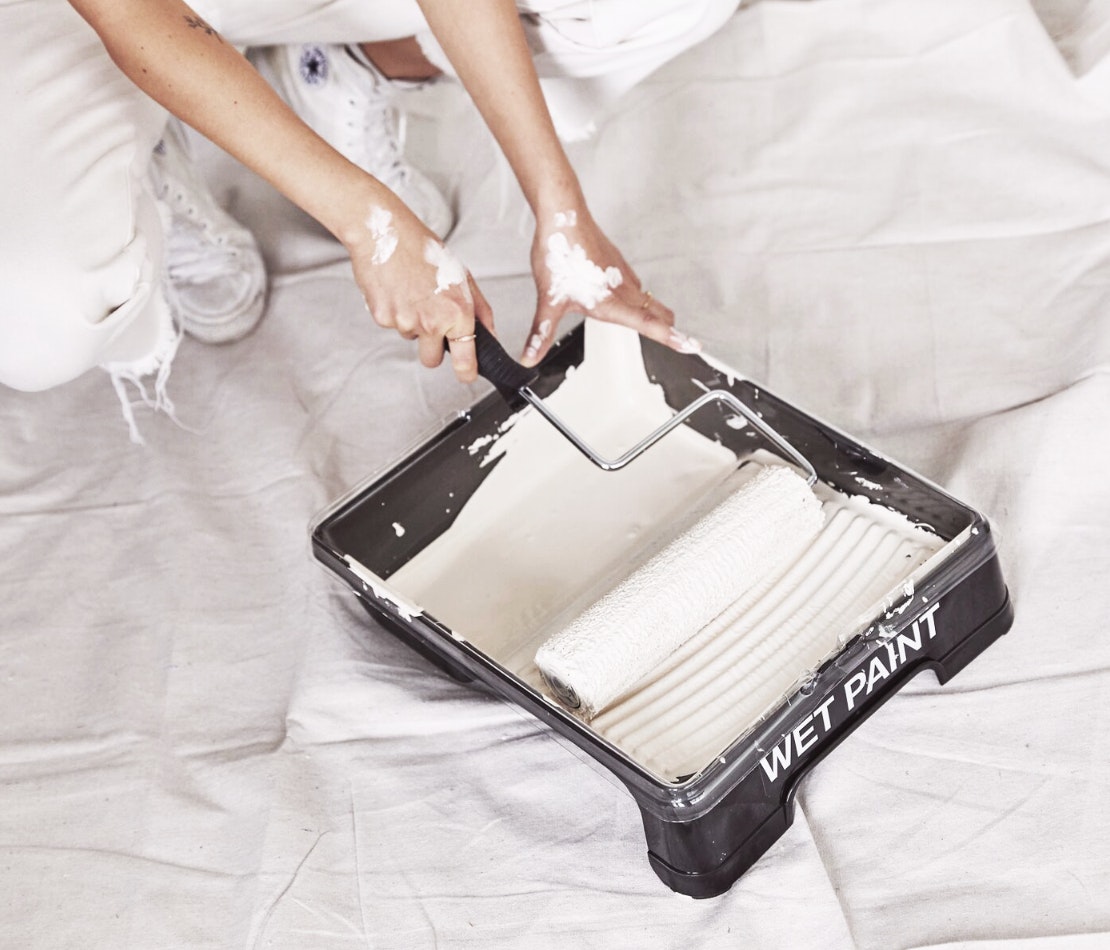
On a very basic level, the less of something you have to use and the longer it lasts, the more sustainable the product is. Our paint is self-priming, so two coats on a blank wall will leave you with a great finish. Choosing higher-quality, durable paint with good coverage is choosing a more environmentally friendly paint. When in doubt, use our paint calculator to make sure you’re getting the exact amount of product you need to finish your project.
Environmentally-Friendly Painting Professionals
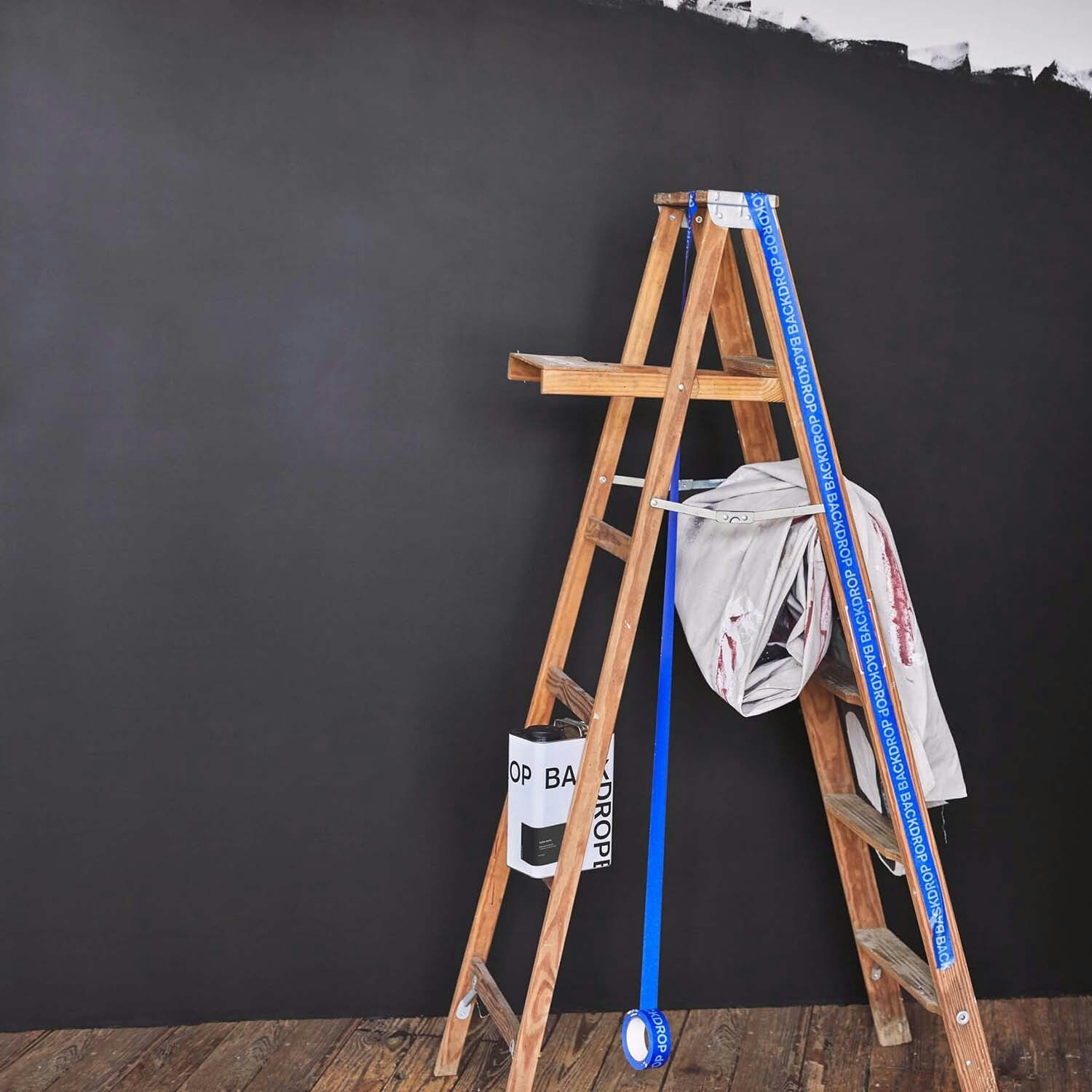
You might be onboard for everything you’ve read so far, but maybe you have a larger project or just don’t want to paint yourself. There are plenty of painters with similar values who work with eco-friendly paint. A great resource for responsible house painting services is Backdrop’s network of preferred painter partners.
By Natalie Ebel, Backdrop Co-Founder
